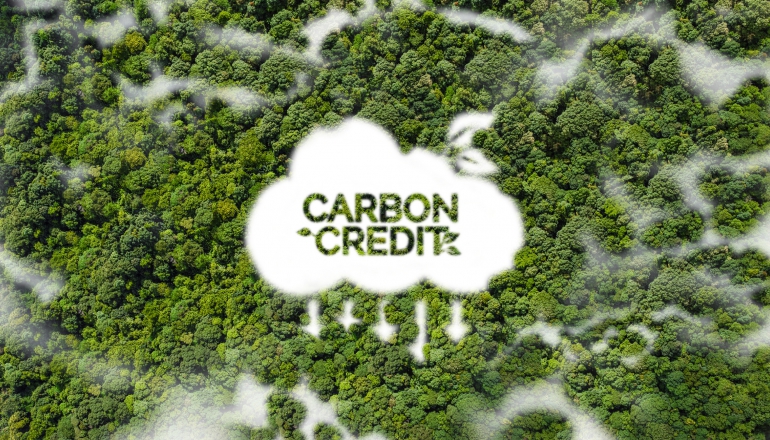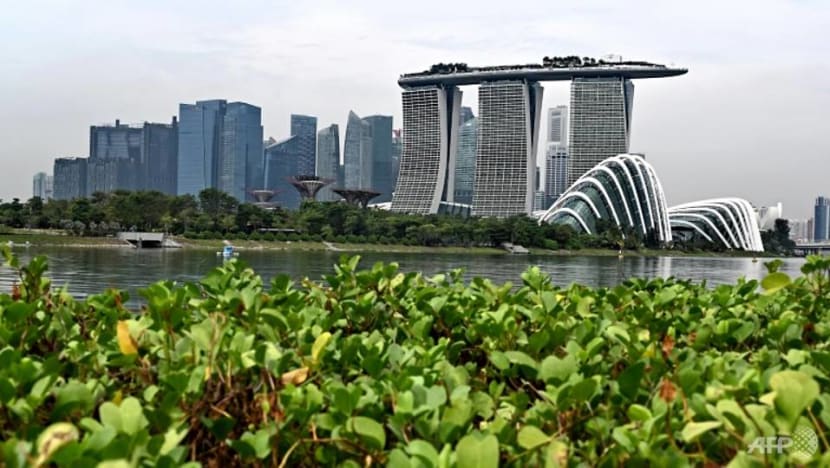Carbon Credits: Singapore Picked Peru for Its Latest Green Partnership
Singapore has taken a significant step in its climate action journey by signing its first Implementation Agreement on carbon credits with a Latin American country and it’s Peru.
This landmark deal, established under Article 6 of the Paris Agreement, underscores Singapore’s commitment to fostering high-integrity carbon markets and advancing global climate goals.
Let’s walk through the breakdown of the agreement, its implications, and what it means for both nations.
![]()
Parties Involved
- Singapore: Represented by Grace Fu, Minister for Sustainability and the Environment and Minister-in-Charge of Trade Relations.
- Peru: Represented by Juan Carlos Castro Vargas, Minister of the Environment.
This marks Singapore’s fourth such agreement globally, following partnerships with Papua New Guinea, Ghana, and Bhutan, and its first in Latin America.

About the Agreement
The Implementation Agreement establishes a legally binding framework for the generation and transfer of high-quality, Article 6-compliant carbon credits. Key features include:
- Framework for Carbon Credits:
- Enables project developers to align with the Article 6 rulebook.
- Provides a structured process for authorising and transferring carbon credits from mitigation projects.
- Use of Carbon Credits:
- Authorised credits can be used to offset up to 5% of taxable emissions under Singapore’s International Carbon Credits (ICC) framework, starting January 1, 2024.
- Compliance with international mandates such as:
- Nationally Determined Contributions (NDCs).
- CORSIA (Carbon Offsetting and Reduction Scheme for International Aviation).
- Environmental Integrity Measures:
- 2% of all authorised credits will be canceled at issuance to ensure net global emissions reduction.
- These canceled credits cannot be sold, traded, or counted toward any country’s targets.
- Revenue Sharing:
- 5% of proceeds from authorised credits will support climate adaptation initiatives in Peru.

International Significance
This agreement is notable for several reasons:
- It is Singapore’s first Implementation Agreement with a Latin American country, highlighting the city-state’s expanding global climate partnerships.
- It reinforces Singapore’s role in promoting high-integrity carbon markets under Article 6 of the Paris Agreement.
As Grace Fu emphasised:
“This Implementation Agreement will further strengthen collaboration between our two countries and support efforts to advance climate action while unlocking new opportunities in the carbon market.”
Juan Carlos Castro Vargas added:
“Peru is one of the most biodiverse countries... This underscores our shared dedication to fostering high-integrity carbon markets as a tool to achieve our ambitious climate goals.”
Future Steps
After signing, both countries will:
- Begin Ratification: Formalise the agreement through domestic processes.
- Operationalise the Framework: Develop guidelines for project developers, including eligibility criteria and methodologies.
- Publish Details: Information on the authorisation process and eligible carbon credit methodologies will be available at https://go.gov.sg/article6.
Environmental and Community Impact
Projects under this agreement will deliver tangible benefits to Peru, including:
- Job Creation: Generating employment opportunities in green sectors.
- Improved Access to Clean Water: Enhancing water security for local communities.
- Energy Security: Supporting sustainable energy solutions.
- Pollution Reduction: Mitigating environmental degradation.
- Sustainable Development: Promoting long-term economic and ecological resilience.
These outcomes align with Peru’s status as one of the world’s most biodiverse nations, ensuring that climate action also supports vulnerable ecosystems and communities.
Preventing Double Counting: Corresponding Adjustments
To maintain transparency and prevent double-counting in national greenhouse gas inventories, the agreement includes provisions for corresponding adjustments:
- If Singapore receives carbon credits equivalent to 5 tCO₂e from Peru, Peru will add 5 tCO₂e to its inventory while Singapore subtracts the same amount.
This mechanism ensures that emission reductions are accurately accounted for and contribute to global climate goals.
Why Peru?
Singapore’s choice of Peru reflects strategic considerations:
- Biodiversity Leadership: Peru’s rich biodiversity makes it an ideal partner for nature-based solutions and carbon sequestration projects.
- Shared Climate Goals: Both nations are committed to fostering high-integrity carbon markets and achieving their NDCs.
- Regional Expansion: Partnering with Peru expands Singapore’s climate diplomacy into Latin America, diversifying its global green partnerships.
Key Provisions: Factsheet Highlights
Here’s a summary of the agreement’s key provisions:
| Provision | Details |
|---|---|
| Legally Binding Framework | Ensures compliance with Article 6 guidelines. |
| Offset Usage | Up to 5% of taxable emissions under Singapore’s ICC framework (from 2024). |
| Compliance Mandates | NDCs, CORSIA, and other international commitments. |
| Cancellation Commitment | 2% of credits canceled at issuance for net global emissions reduction. |
| Revenue Sharing | 5% of proceeds allocated to climate adaptation in Peru. |
What Does This Mean for Singapore?
For Singapore, this agreement represents a milestone in its climate strategy:
- Access to High-Quality Credits: Ensures Singaporean companies can meet their emission reduction targets using credible, internationally recognised carbon credits.
- Global Leadership: Reinforces Singapore’s role as a leader in developing transparent and effective carbon markets.
- Economic Opportunities: Opens new avenues for collaboration in green finance and sustainable development.
The Singapore & Peru Implementation Agreement is a landmark step in advancing climate action through international cooperation.
By establishing a robust framework for generating and transferring carbon credits, both nations are paving the way for sustainable development, environmental protection, and economic growth.
As Singapore continues to expand its climate partnerships, this agreement serves as a model for how countries can work together to combat climate change while supporting local communities and ecosystems.
By leveraging Article 6 of the Paris Agreement, Singapore and Peru are proving that collaboration and innovation can drive meaningful progress toward a greener future.
Let us know what you think about this topic, and what do you want to hear next.
You can now be our community contributor and make a pitch to have your favourite personality be on our show.
Join our community group and drop us your insights on this topic.

-3.png?width=50&name=Square%20(2)-3.png)










Let us know what you think of this post